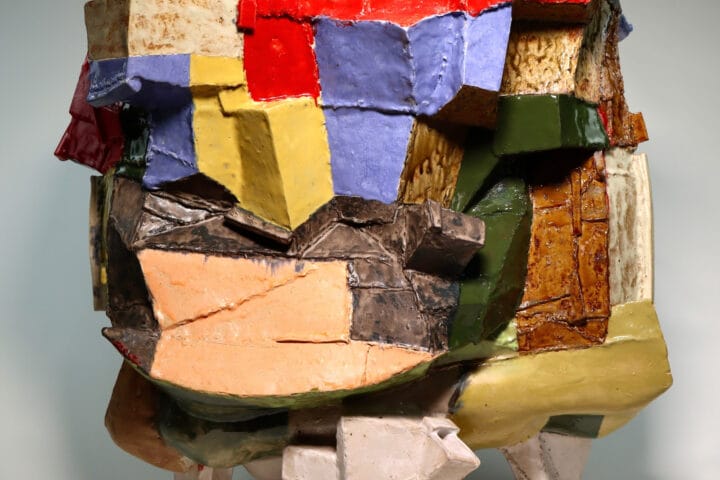The mystery of Easter Island’s great stone idols has captivated the world for centuries. Less known, but equally fascinating are the island’s wooden carvings, moai miro, curious human and combined human-animal forms, including birds, lizards and sea eels. Perhaps the most enigmatic of these figures are the moai kavakava, whose name derives from the word for figure, moai, and kavakava, the Rapa Nui (Easter Island) word for ribs. A superlative and very rare example of this art form – known as the Blackburn statuette after its current owner – is to be offered at Bonhams African and Oceanic Art sale in Los Angeles on 2 July. It is estimated at $800,000-1,000,000.
Characterized by an emaciated appearance, the moai kavakava is a human male whose main features immediately appear cadaverous, with exposed rib cages, visible and clearly-defined spinal cords with pronounce vertebrae, and heads with pronounced cheekbones, nose, chin and rounded, trance-like eyes.
Bonhams African and Oceanic Art consultant Fredric Backlar said, “The artists who carved moai kavakava had reached their finest aesthetic achievement by the 1820s, probably just before the time this figure was created. It is incredibly rare. Only around 85 such statuettes carved before the islands conversion to Christianity in 1868 are believed to have survived. Presumably collected as a gift or by exchange during the first half of the 19th century, this archetypal figure, with its delineation of details, dynamism and profoundly mysterious physical presence, is a magnificent example of one of the most classic artistic creations, not only from Easter Island and Oceania, but from the world of art as a whole.”
It is not known exactly what function moai kavakava performed, though most academic researchers agree that they were probably used to ward off evil spirits. Records from missionaries on Easter Island from the middle to late 19th century indicate that moai kavakava were brought to important ceremonies and danced or worn by men and women, suspended from their bodies attached by human hair cords through the enlarged pierced vertebrae behind the neck. Some accounts witnessed as many as twenty figures worn around the body of one individual at a time. When not in use, they were wrapped in tapa and suspended from the interior wall of the Rapa Nui home, perhaps as protective devices.
















